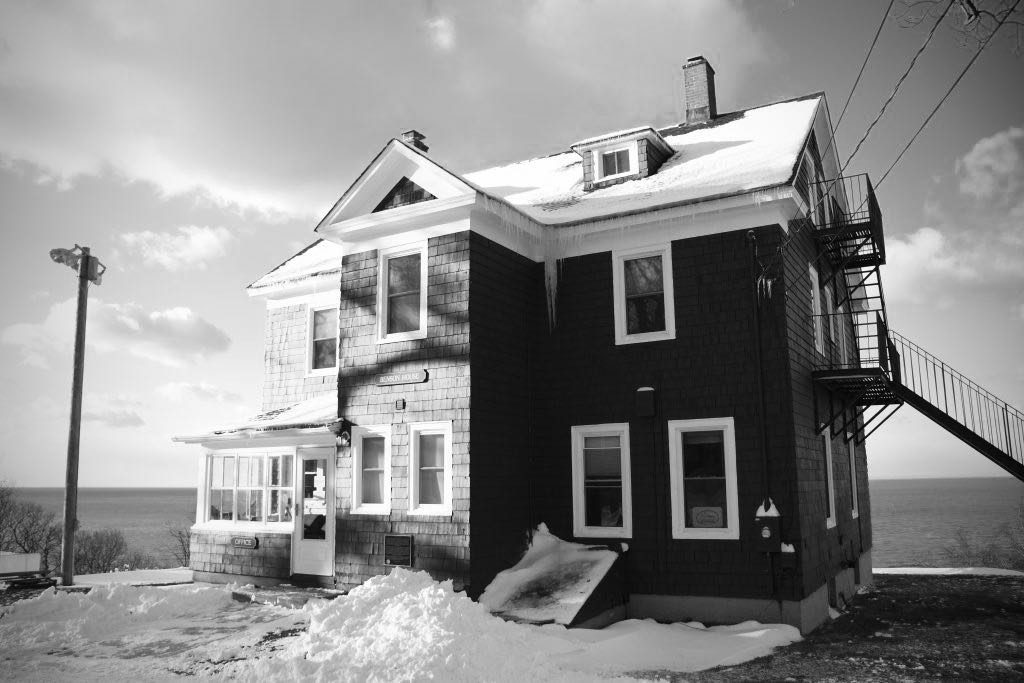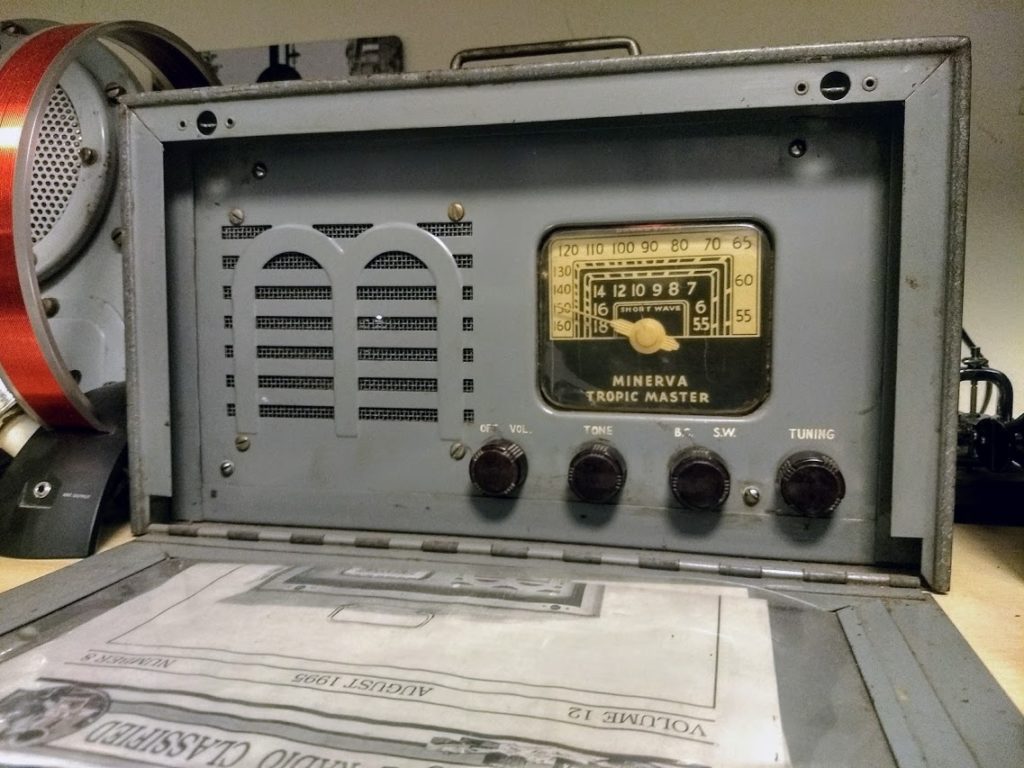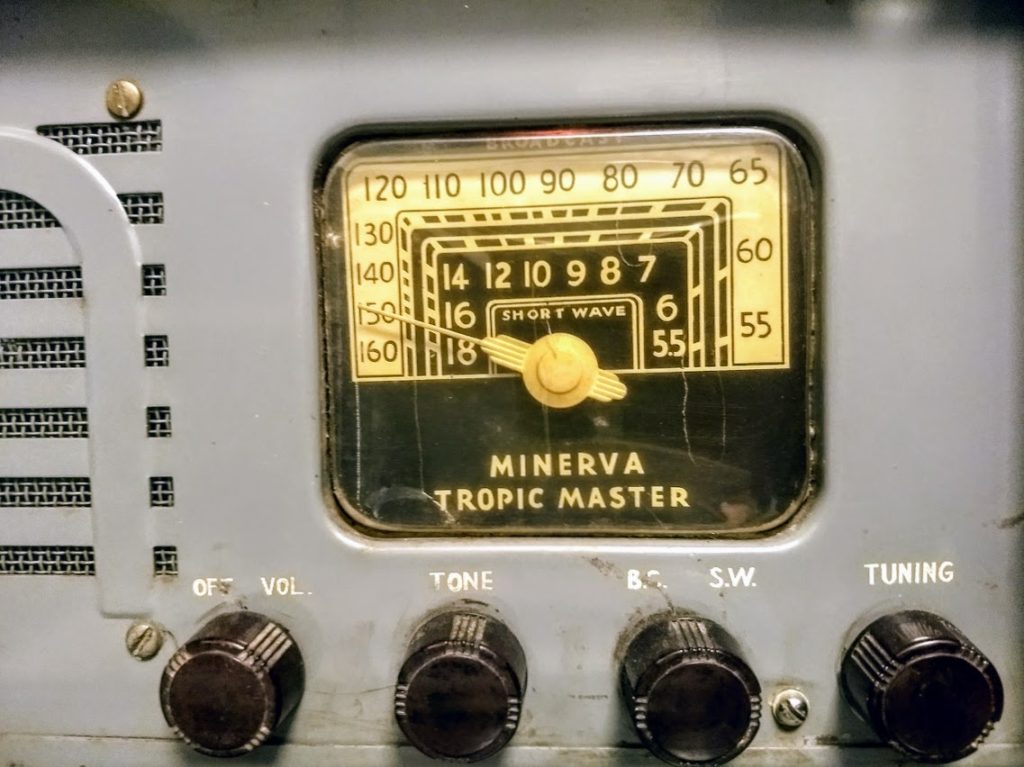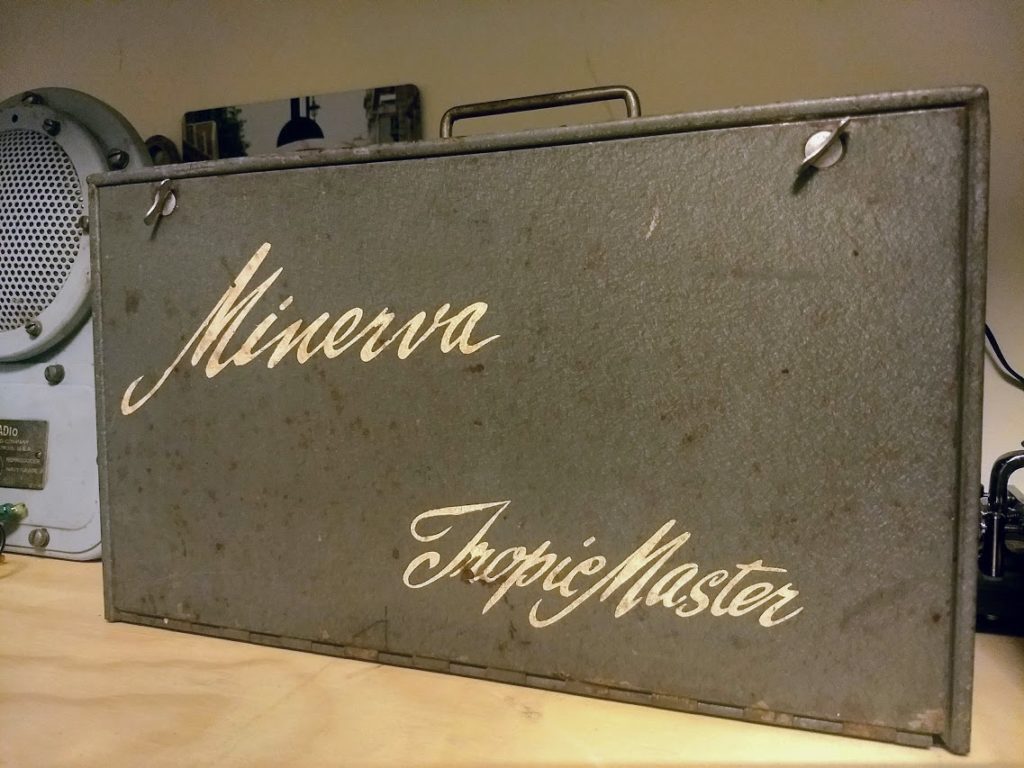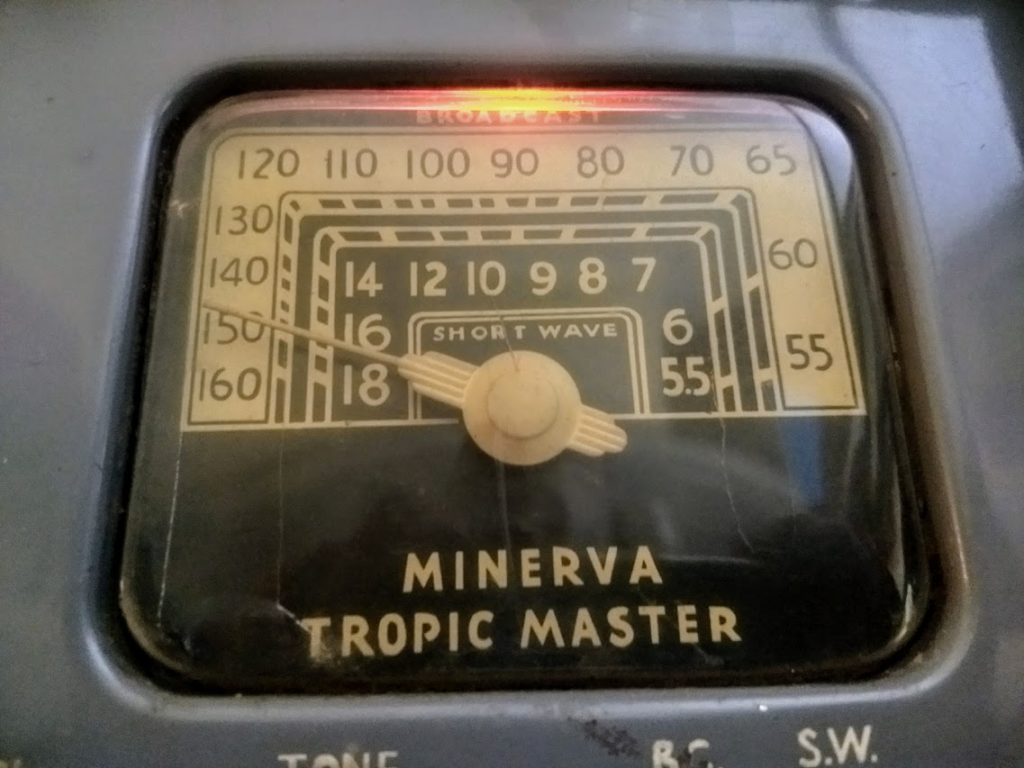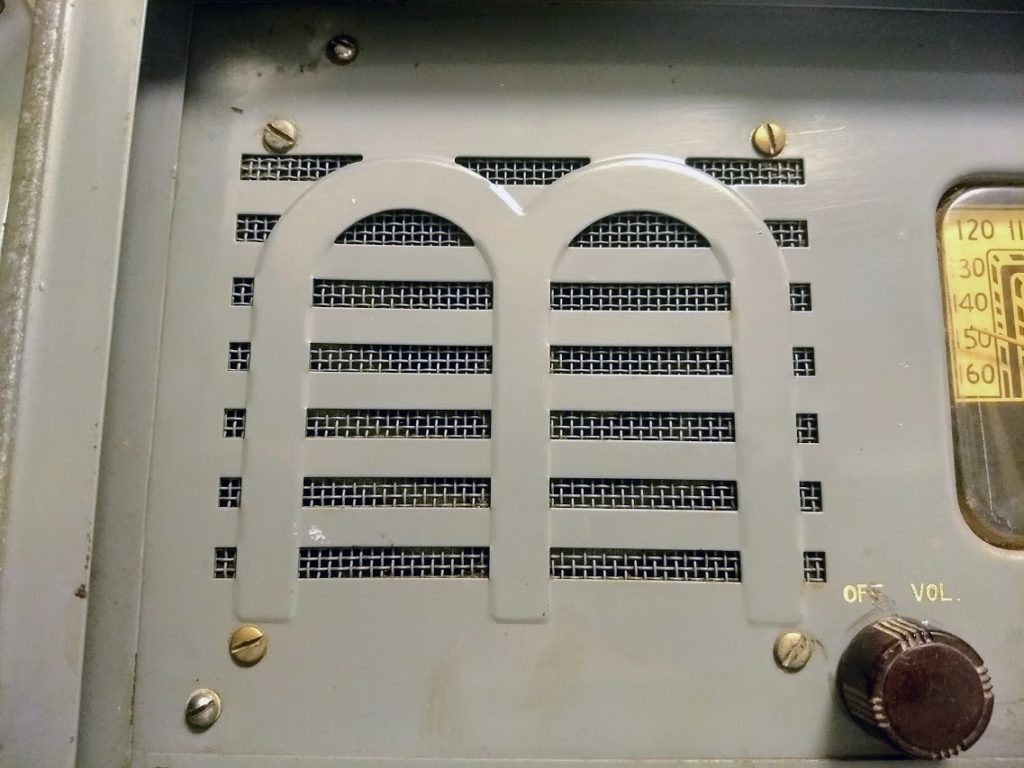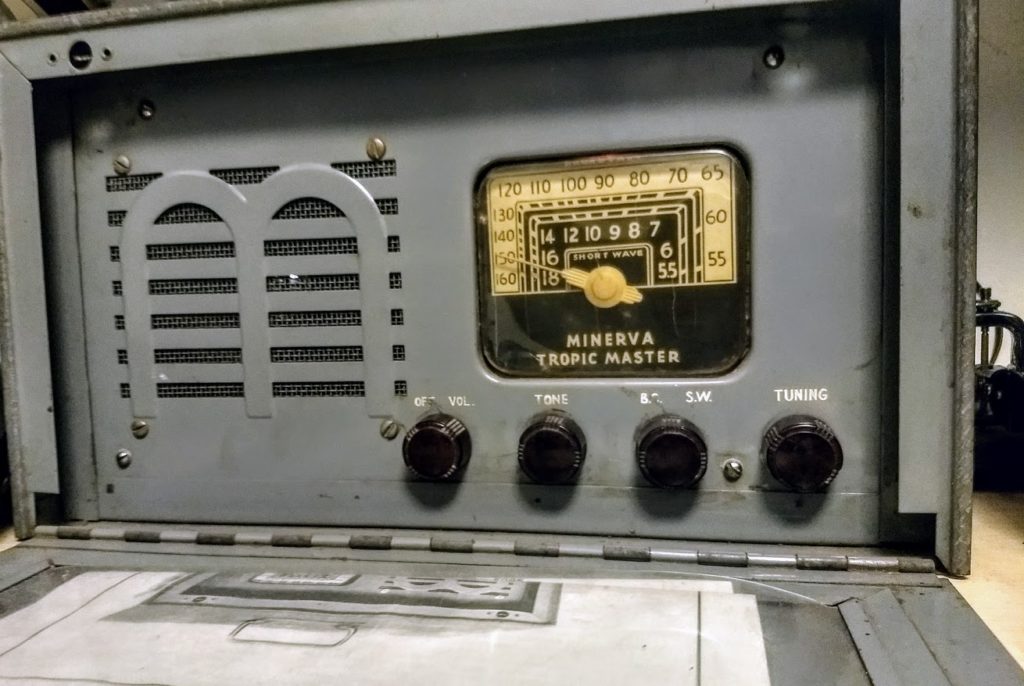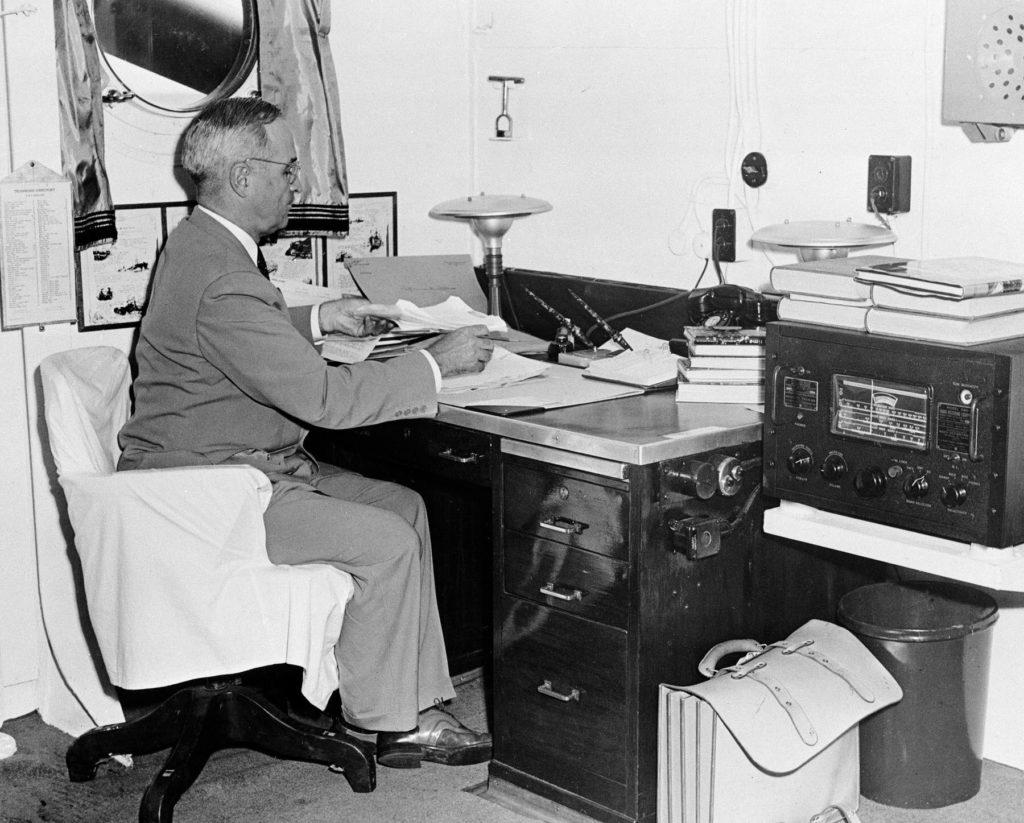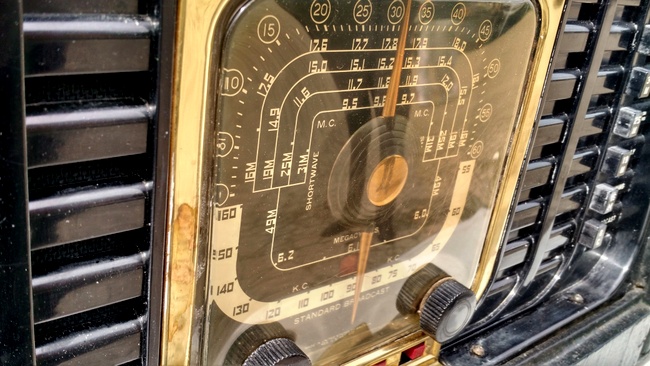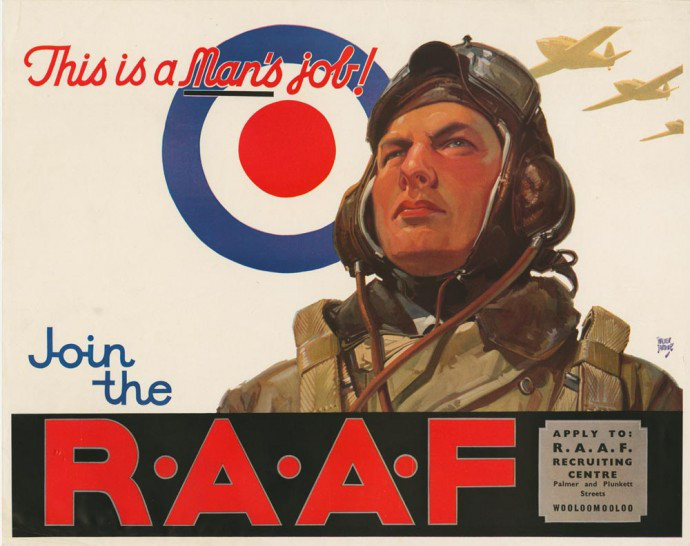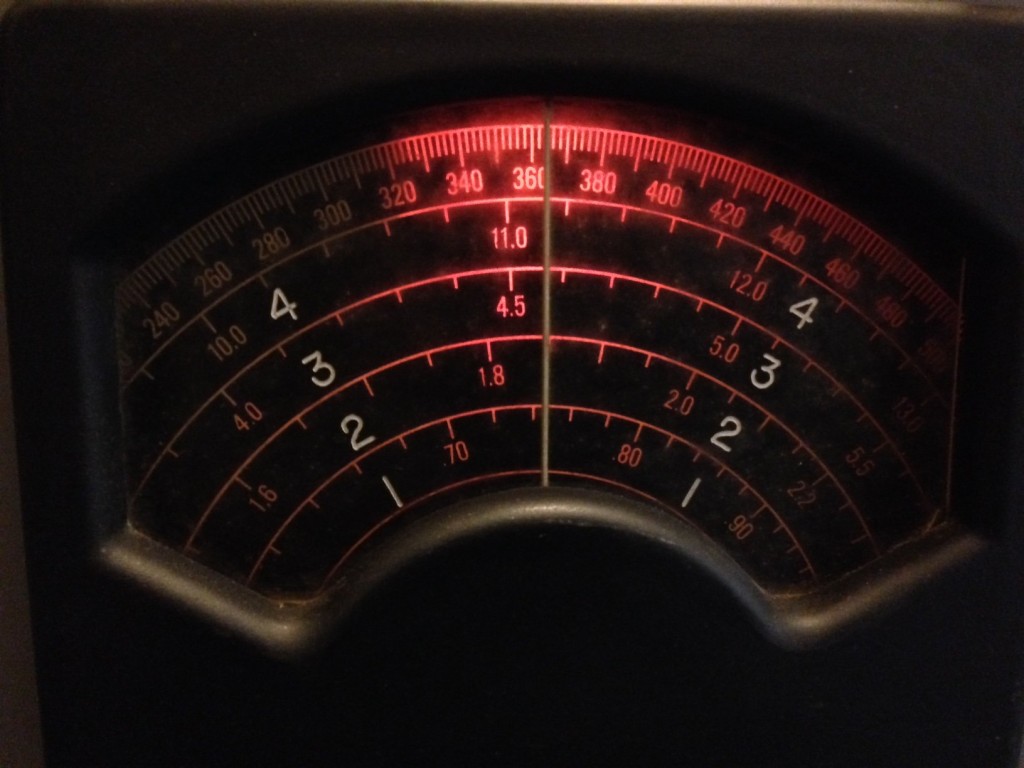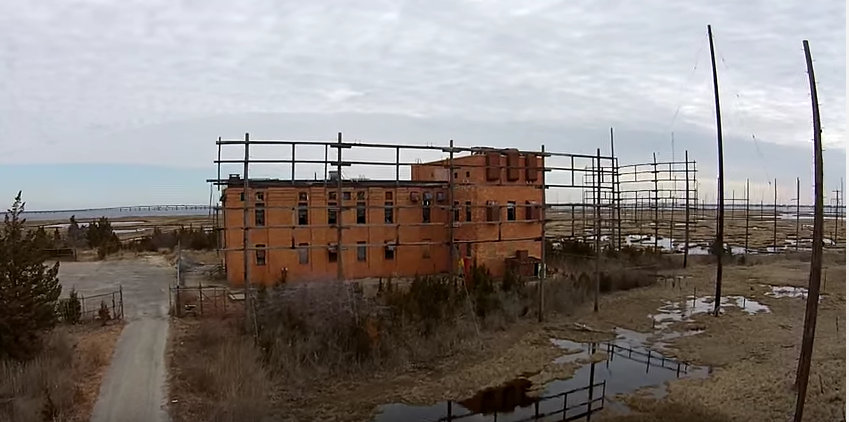(Source: Riverhead Local via Mike Hansgen)
A house on the bluffs at Camp DeWolfe in Wading River, covertly used as an FBI radio transmission station during World War II to gather military intelligence, has been added to the state and national registers of historic places.
FBI radio operators impersonating German agents used the Wading River Radio Station to communicate with the German intelligence service, according to the site’s registration form with the National Register of Historic Places.
Information covertly gathered by agents at the radio station was critical to inspiring the United States’ development of an atomic bomb.
The station was also involved in the Operation “Bodyguard,” which used counterintelligence to confuse and mislead the Nazi government about the upcoming Allied invasion of Europe.
The radio station operated from 1942 to 1945.
[…]In January 1942, FBI engineers installed radio equipment in the house, hid a large antenna in the woods, and built a diesel-powered generator using an automobile engine to avoid local suspicion about electricity consumption at the house, which was far greater than what was then the norm due to the radio operations. An FBI agent assigned to manage the operation moved in with his family — and two or three radio operators. The first floor was maintained as the agent’s family home, while the second and third floors were used for the FBI operation, according to the national register registration narrative. They remained there for the duration of the war.
[…]The FBI had been looking for a spot to locate the transmission station for the spying operation and were attracted by the home’s cliffside location and the site’s remoteness. According to the national register registration document:
“By January 1942 [an FBI radio engineer] had stumbled upon the Owen House located in the tiny fishing and farming hamlet of Wading River, New York. Located eighty miles east of New York on Long Island’s North Fork the spacious three story building sat on a cliff bordered on one side by Long Island Sound and acres of dense trees on the other three sides, and the only approach to the station was a bumpy, rutted quarter mile path. Even by today’s standards the house is not easy to find. In 1942 it would have been nearly impossible.”
An FBI agent’s inquiry took the Owen family by surprise. They were sworn to secrecy.[…]

